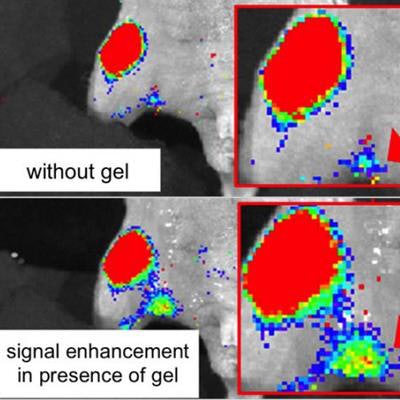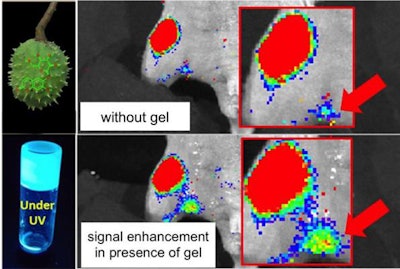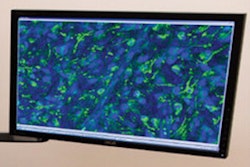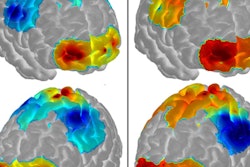
Researchers from the City College of New York have developed an aid for optical imaging that improves cancer detection in the form of a molecular gel derived from the horse chestnut plant.
The radiation-responsive gel includes esculin, a molecule that naturally occurs in the plant. The gel is both scintillating and fluorescent, enhancing the optical photon output in image mapping for cancer imaging, according to a team led by George John, PhD.
Optical imaging of radiotracers through Cherenkov radiation (i.e., electromagnetic radiation that is emitted when a charged particle -- such as an electron -- passes through a medium at a speed greater than the velocity of light in that medium) can produce low-intensity, blue-weighted light that is scattered and absorbed in vivo, thus negatively affecting the quality of the optical image. The gel addresses this problem, said research collaborator Jan Grimm, PhD, in a statement released by the college.
 Molecules derived from horse chestnuts aid cancer imaging. Image courtesy of City College of New York.
Molecules derived from horse chestnuts aid cancer imaging. Image courtesy of City College of New York."The possibility of developing a topical application from the gel makes this innovation an attractive potential improvement to current techniques of cancer imaging with Cherenkov light," Grimm said.



















